By: Miguel Vilar
Join us in the fascinating world of ancient DNA as we delve into the latest research on the Xiongnu Empire, Paleolithic Iberia, and a Central Asian deer tooth. Learn about the diversity of these ancient lineages and how they can enrich your genealogical research through FamilyTreeDNA’s Discover™ tool.
During the last few weeks, a lot has happened in the world of ancient DNA. And as new lineages are decoded, discovered, and published, we strive to analyze them and place them in their correct geographic, chronological, and evolutionary context. And ultimately we make them part of your genealogical experience through FamilyTreeDNA’s Discover tool.
We hope that every time you visit, you’ll find new historical (and prehistorical) matches and dive more deeply to discover who these people were and how you are related to them.
10,000 and Counting
One major accomplishment is that ancient DNA experts can now estimate that the number of sequenced genomes across the world has topped 10,000. This landmark number was made possible thanks to not just new technologies but also collaborative work among archaeologists, anthropologists, and geneticists, as well as the progress made in establishing ethical and respectful guidelines.
We can never forget that these are human remains and should be treated with respect and consideration. And working with them should only be done in consultation with their likeliest living descendants. That said, ancient DNA has given new life to these 10,000 individuals, and FamilyTreeDNA can now offer context to their genealogical and evolutionary significance.
Ancient DNA from the Xiongnu Empire
These past weeks brought the publication of Genetic population structure of the Xiongnu Empire at imperial and local scales in the Journal Science Advances. This article is the first comprehensive look at the people of the Xiongnu Empire, the first nomadic imperial power that grew to control the Eurasian steppe for three hundred years during the Middle Iron Age.
One of the major discoveries from the work was that this empire was quite diverse and multiethnic, supporting the notion that the steppe was a true crossroads of the ancient world and a place where people from all parts of Europe and Asia would often meet and trade goods and sometimes genes, too.
Some of the Y-chromosome haplogroups found among people from the Xiongnu Empire included two branches of C, one E, several from J, L, N, and O, and many Qs and Rs. Haplogroup R, best known for its high frequency among Europeans, accounted for 37% of these ancient Central Asian lineages too.
Does your Y chromosome match one of these?
Ancient Iberian DNA
Across Asia and into Europe, to the far western reach of the continent, came another article that showed the continuity of lineages from hunter-gatherer groups from the Paleolithic still surviving among the Neolithic inhabitants of Iberia. These inhabitants, who lived in what is today Portugal, built megalithic structures and buried their deceased in necropolis settings in what were likely ceremonial processes.
The study, titled “Hunter-gatherer genetic persistence at the onset of megalithism in western Iberia: New mitochondrial evidence from Mesolithic and Neolithic necropolises in central-southern Portugal,” was limited to short sequences from the mitochondrial DNA.
The conclusions showed genealogical continuity across changes in lifestyle and technology in the region. The most common haplogroup among the Neolithic Iberian individuals was U5, the well-established dominant mtDNA haplogroup from the hunter-gatherer groups that first inhabited Europe. In addition to U5, some branches of H, HV, J, K, and T were also identified. The article was published in the journal Quaternary International.
Central Asian Ancient DNA
Among the newest and most unique developments in ancient DNA these past weeks was the extraction and sequencing of a human mitochondrial DNA lineage from a deer tooth found in the Denisova cave area of Central Asia.
The findings were detailed in the journal Nature. The deer tooth was dated to approximately 20,000 years ago and had a hole pierced through it, suggesting it was worn as ornamental jewelry by a human, most likely a woman from paleolithic Central Asia.

The wearer of the necklace, or possibly the artist herself, belonged to an ancient form of mitochondrial DNA called haplogroup U. Unfortunately, no Y-chromosome haplogroup could be found, supporting the conclusion that the human DNA belonged to a woman. Who the artist or bedazzled ancient woman was remains unknown, although this author suggests the name Jane Doe, assuming it was a female deer whose tooth once belonged to her.
The work is remarkable not just because we can identify the DNA from someone who touched or wore that item 20,000 years ago but also because the technique of releasing the human DNA once absorbed by the deer tooth so many years ago without losing it or contaminating it was an accomplishment that had never been done before. This is ancient adjacent DNA to be precise, and the technique shows great promise.
Stay tuned to the FamilyTreeDNA blog for more on ancient and modern DNA each month!
About The Author
Miguel Vilar, PhD.
Professor, Author, and Consultant for FamilyTreeDNA
Dr. Miguel Vilar was a Senior Program Officer for the National Geographic Society (NGS) and Lead Scientist for NGS’ Genographic Project, a multi-year anthropology study that aims to map human migration patterns by collecting and analyzing DNA samples from hundreds of thousands of people from around the world. By training, Vilar is a molecular anthropologist and science writer.
In addition, Vilar is a professor of Biology and Anthropology and publishes in both anthropology and genetics academic journals, as well as in popular print and online magazines. Vilar is also a public speaker, writer, and consultant with FamilyTreeDNA.




